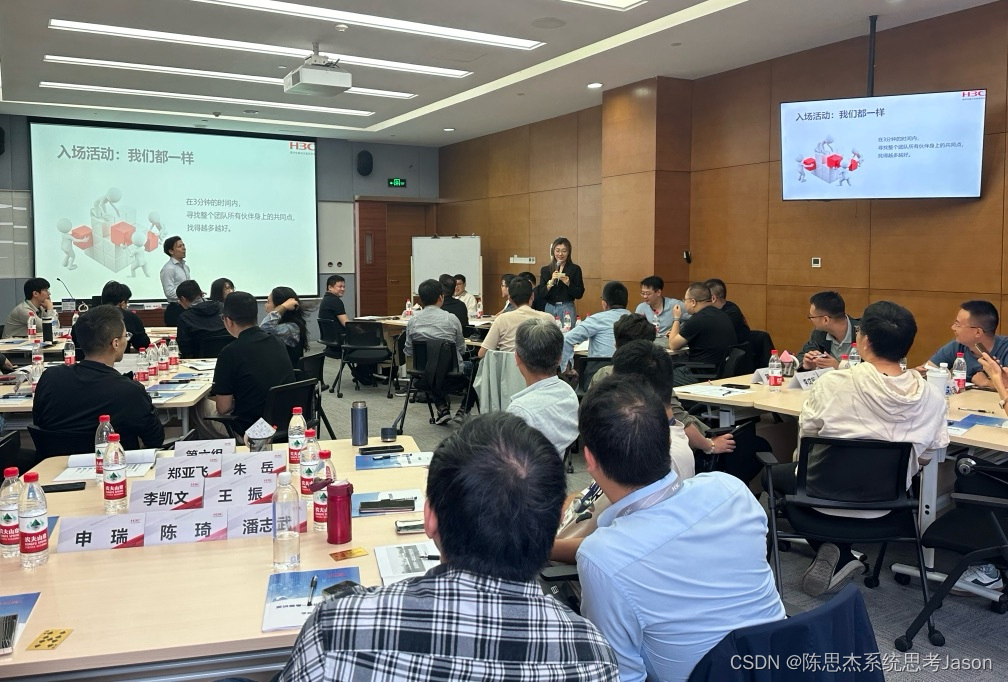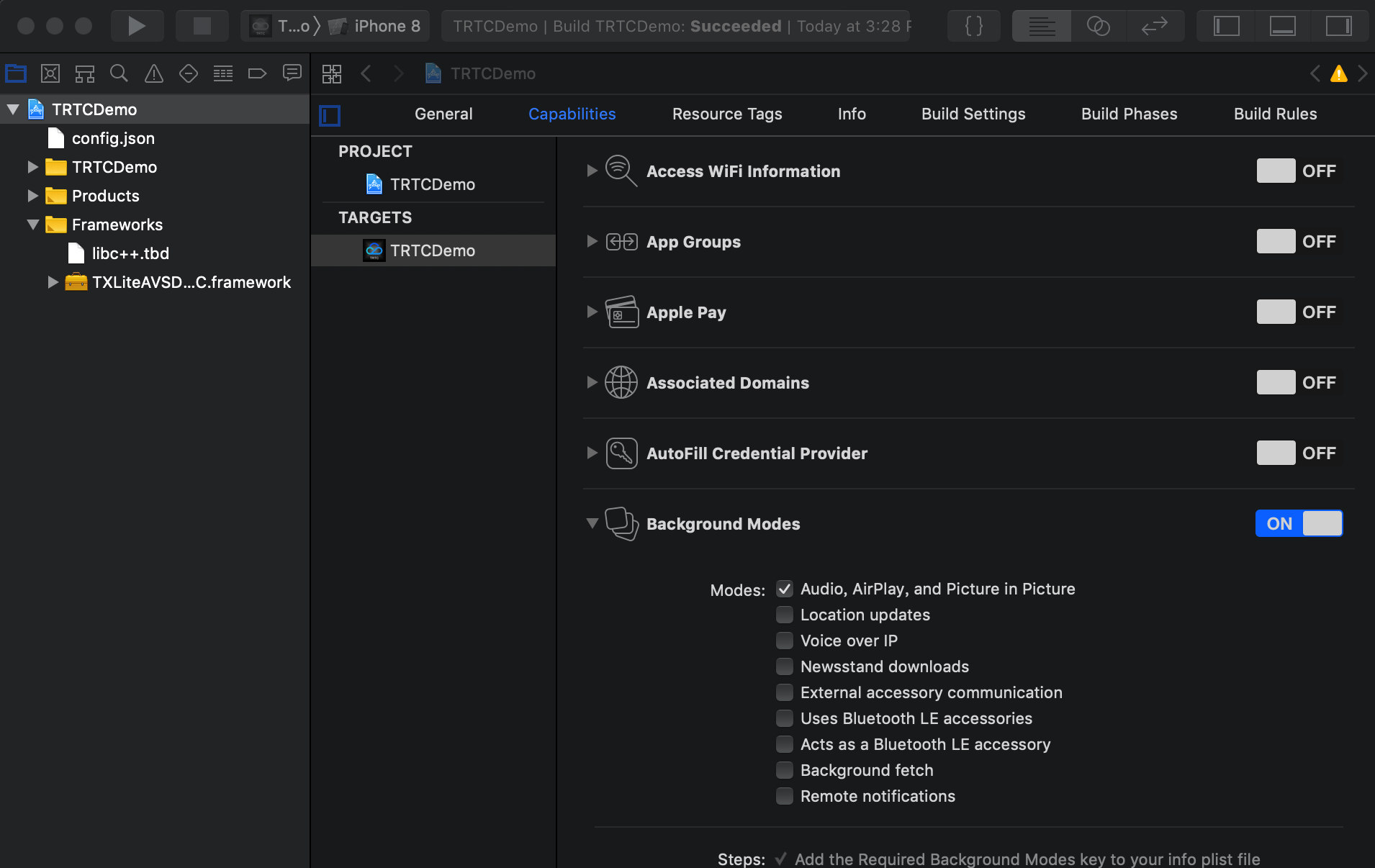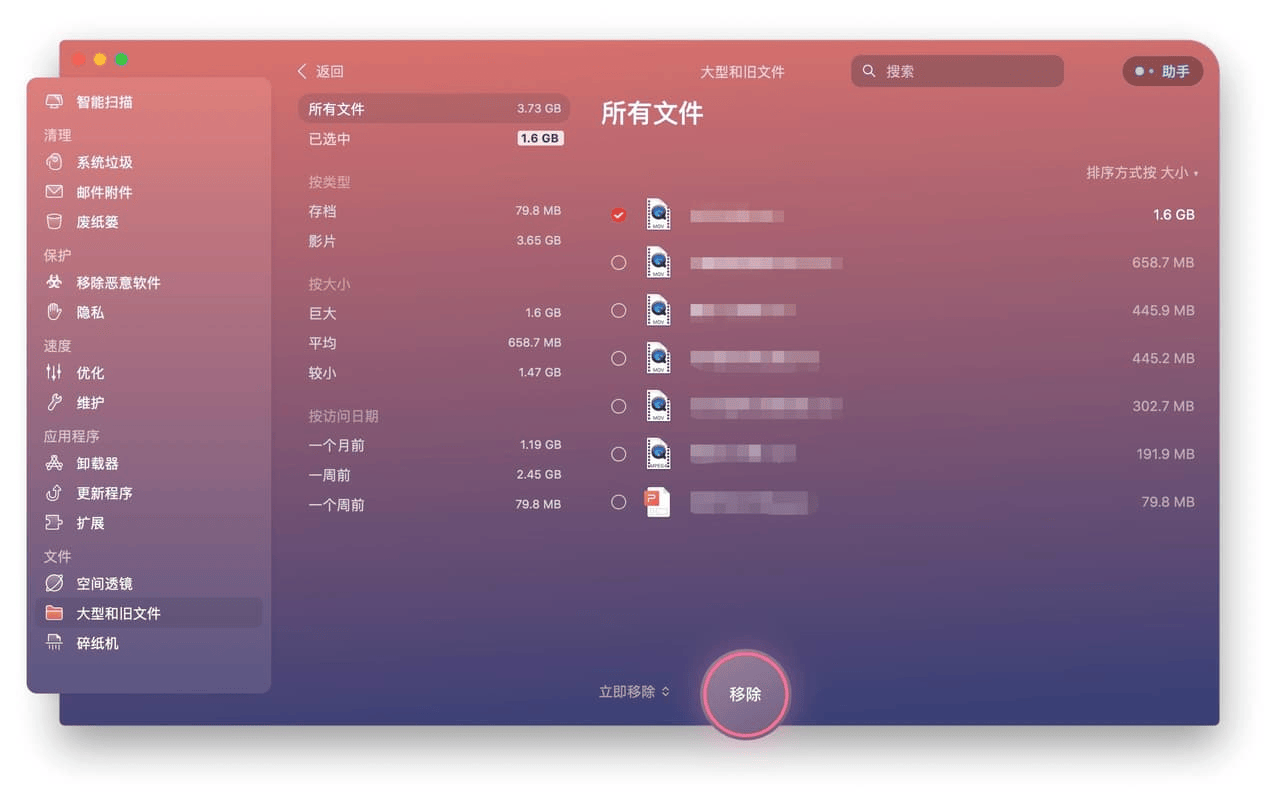Django笔记
提示:这里可以添加系列文章的所有文章的目录,目录需要自己手动添加
例如:第一章 Python 机器学习入门之pandas的使用
提示:写完文章后,目录可以自动生成,如何生成可参考右边的帮助文档
文章目录
- Django笔记
- 创建django项目
- 二、urls.py
- 二、templates
- 三、templates中几个基础操作
- 四、templates中extend和include
创建django项目
提示:这里可以添加本文要记录的大概内容:
首先创建一个项目。

其次注意点为:这里是虚拟环境所以,一定要检测setting 中django包有无导入

启动环境在该文件夹下输入
python manage.py runserver
setting.py 是相关配置文件
urls.py 是路径文件
在pycharm创建具体的app,

python manage.py startapp book
二、urls.py
该py为设置浏览器路径文件
注意要补充from django.shortcuts import HttpResponse
- 简单操作,但是开发不会这么做
from django.shortcuts import HttpResponse
def index(request):return HttpResponse("hello")urlpatterns = [path('admin/', admin.site.urls),path('index/',index)
]

运行后在网页尾缀后面输入/index

2. 正常操作
在views.py中输入内容,在urls.py中导入该views.py所在的包调用里面运行函数。
例如在book文件中的views.py中通过查询字符串(query string):https://www.baidu.com/wd=python&a=&b=2
注意要加入from django.shortcuts import render,HttpResponse
from django.shortcuts import render,HttpResponse
# 在URL中携带参数
#1. 通过查询字符串(query string):https://www.baidu.com/wd=python&a=&b=2
#2.在path中携带:http://127.0.0.1:8000/book/2
# Create your views here.
# 1 http://127.0.0.1:8000/book?id=1
def book_detail_query_string(request):# request.GET={"id":3}book_id=request.GET.get('id')name_id=request.GET.get('name')return HttpResponse(f"查询的图书id是:{book_id},图书名称是:{name_id}")
在urls.py 中导入所在views.py的包如from book import views,然后写入路径和所需参数的返回函数
from book import views
urlpatterns = [path('admin/', admin.site.urls),path('index/',index),path('book/',views.book_detail_query_string)
]

最终形成的样式为:

#2 # http://127.0.0.1:8000/book/2/水浒传

urlpatterns = [path('admin/', admin.site.urls),# http://127.0.0.1:8000/indexpath('index/',index),# http://127.0.0.1:8000/book?id=1&name=''path('book/',views.book_detail_query_string),# http://127.0.0.1:8000/book/1#在book_id前指定参数类型有两点好处:#1、以后在浏览器中,如果bobk_id输入的是一个非整形、那么会出现404错误:/book/abc#2、在视图函数中,得到的book_id就是一个整形,否则就是str类型path('book/<int:book_id>/<str:name_id>/',views.book_detail_path),
]

3.分模块化
新建一个app movie
在movie中的view加入所需函数
from django.shortcuts import render,HttpResponse# Create your views here.
def movie_list(request):return HttpResponse("电影列表")def movie_detail(request,movie_id):return HttpResponse(f"查询的电影id是:{movie_id}")

随后在movie中的urls内加入路径
from django.urls import path
from . import views
#指定应用名称
app_name="movie"
urlpatterns = [path('list/',views.movie_list,name="movie_list"),path('detail/<int:movie_id>',views.movie_detail,name="movie_detail"),
]
最后在总的urls.py 中加入分段地址
from django.urls import path,include
urlpatterns = [# 分段地址path('movie/',include("movie.urls"))
]
整体运行结果为

二、templates
其实主要就三步
1.在所在app下的view.py中创建html路径
# Create your views here.
def index(request):return render(request,"index.html")

2.在所在app下创建templates文件夹,修改整体的setting.py,加入一个所在app名字,最后再在改templates文件夹中创建html


3.在该app名下的urls.py中创建连接views.py的路径,导入view所在的函数和需要的地址。最后再在整体urls.py中做个读取入口


三、templates中几个基础操作
1.app下的模板
view界面
# Create your views here.
def baidu(request):return render(request,"baidu.html")
html界面
<!DOCTYPE html>
<html lang="en">
<head><meta charset="UTF-8"><title>这是home下面的html</title>
</head>
<body><h1 style="background-color: pink">这是home下面的html</h1>
</body>
</html>
2.参数传递模板
view界面
def info(request):username="AAAA"book={"name":"水浒传","author":"施耐庵"}books=[{"name":"水浒传1", "author": "施耐庵1"},{"name": "水浒传2", "author": "施耐庵2"},{"name": "水浒传3", "author": "施耐庵3"}]class Person:def __init__(self, realname):self.realname=realnamecontext={'username': username,'book': book,'books':books,'person':Person("BBB"),}return render(request,"info.html",context=context)
html界面
<!DOCTYPE html>
<html lang="en">
<head><meta charset="UTF-8"><title>信息传递</title>
</head>
<body>
<p>{{ username }}</p>
<p>图书名称{{ book.name }}</p>
<p>第一本书图书名称: {{ books.0.name }}</p>
<p>姓名为:{{ person.realname }}</p>
{% for book in books %}<p>{{ book.name }}</p>
{% endfor %}</body>
</html>
3.if参数模板
view界面
def if_view(request):age=20context = {'age':age,}return render(request,"if.html",context=context)
html界面
<!DOCTYPE html>
<html lang="en">
<head><meta charset="UTF-8"><title>if标签</title>
</head>
<body>
{% if age > 18 %}<p>已经满18</p>
{% elif age < 18%}<p>不满18</p>
{% else %}<p>刚满18</p>
{% endif %}
</body>
</html>
4.for参数模板
view界面
def for_view(request):books = [{"name": "水浒传1", "author": "施耐庵1"},{"name": "水浒传2", "author": "施耐庵2"},{"name": "水浒传3", "author": "施耐庵3"}]Person = {"name": "施耐庵","age": 18,"height":180}context = {'books':books,'Person':Person,}return render(request,"for.html",context=context)html界面
<!DOCTYPE html>
<html lang="en">
<head><meta charset="UTF-8"><title>for标签</title>
</head>
<body>
<table>
<thead><tr><td>序号</td><td>名称</td><td>作者</td></tr>
</thead><tbody>{% for book in books reversed%}<tr><td>{{ forloop.counter }}</td><td>{{ book.name }}</td><td>{{ book.author }}</td></tr>{% empty %}<tr>没有任何东西</tr>{% endfor %}</tbody>
</table><div>{% for key,value in Person.items %}<p>{{ key }}:{{ value }}</p>
{% endfor %}
</div></body>
</html>
4.with参数模板
view界面
def with_view(request):books = [{"name": "水浒传1", "author": "施耐庵1"},{"name": "水浒传2", "author": "施耐庵2"},{"name": "水浒传3", "author": "施耐庵3"}]context = {"books":books}return render(request,"with.html",context=context)
html界面
<!DOCTYPE html>
<html lang="en">
<head><meta charset="UTF-8"><title>with标签</title>
</head>
<body>
{% with book1=books.1 %}<P>{{ book1.name }}:{{ book1.author }}</P>
{% endwith %}
</body>
</html>
5.url参数模板
view界面
def url_view(request):return render(request,"url.html")def book_detail(request,book_id):return HttpResponse(f"查询的图书id是:{book_id}")
html界面
<!DOCTYPE html>
<html lang="en">
<head><meta charset="UTF-8"><title>url标签</title>
</head>
<body>
<a href="{% url 'home:home_baidu'%}">百度</a>
<a href="{% url 'home:url_book_detail' book_id=1 %}">图书详情</a>
</body>
</html>
总体的url
from django.urls import path
from . import views
#指定应用名称
app_name="home"
urlpatterns = [path("",views.index,name="home_index"),path('baidu/',views.baidu,name="home_baidu"),path('info/',views.info,name="home_info"),path('if/',views.if_view,name="home_if"),path('for/',views.for_view,name="home_for"),path('with/',views.with_view,name="home_with"),path('url/',views.url_view,name="url_with"),path('book/<book_id>',views.book_detail,name="url_book_detail"),
]
四、templates中extend和include
子模板继承父模板用extend
父模板包含子模板用include
首先创建公用的父模版
其中{block}{endblock}为插槽
rmwz_base作为付模板
<!DOCTYPE html>
<html lang="en">
<head><meta charset="UTF-8"><title>{% block title %}{% endblock %}---hzc</title>{% block head %}{% endblock %}
</head>
<body>
<header><ul><li><a href="/"> 首页 </a></li><li><a href="/course"> 创业课堂 </a></li></ul>
</header>
{% block body %}我是来自副模板的
{% endblock %}
<footer>版权信息XXXX
</footer>
</body>
</html>
rmwz_index作为子模板
{% extends 'rmwz_base.html' %}
{% block title %}首页
{% endblock %}
{% block head %}<style>body{background-color: pink;}</style>
{% endblock %}
{% block body %}{{ block.super }}{% include "hotarticle.html" %}<div>自己加入东西</div>
{% endblock %}
hotarticle.html作为rmwz_index的子模板
<div>
<h2>热门文章</h2><ul>{% for article in articles%}<li>{{ article }}</li>{% endfor %}</ul>
</div>
其中view.py定义articles变量
def template_form(request):articles = ['小米su7','ChatGPT 5 发布' ]context = {"articles":articles}return render(request, "rmwz_index.html",context=context)
urls.py 载入地址链接
path('template/form/',views.template_form,name="template_form"),
实现效果




















